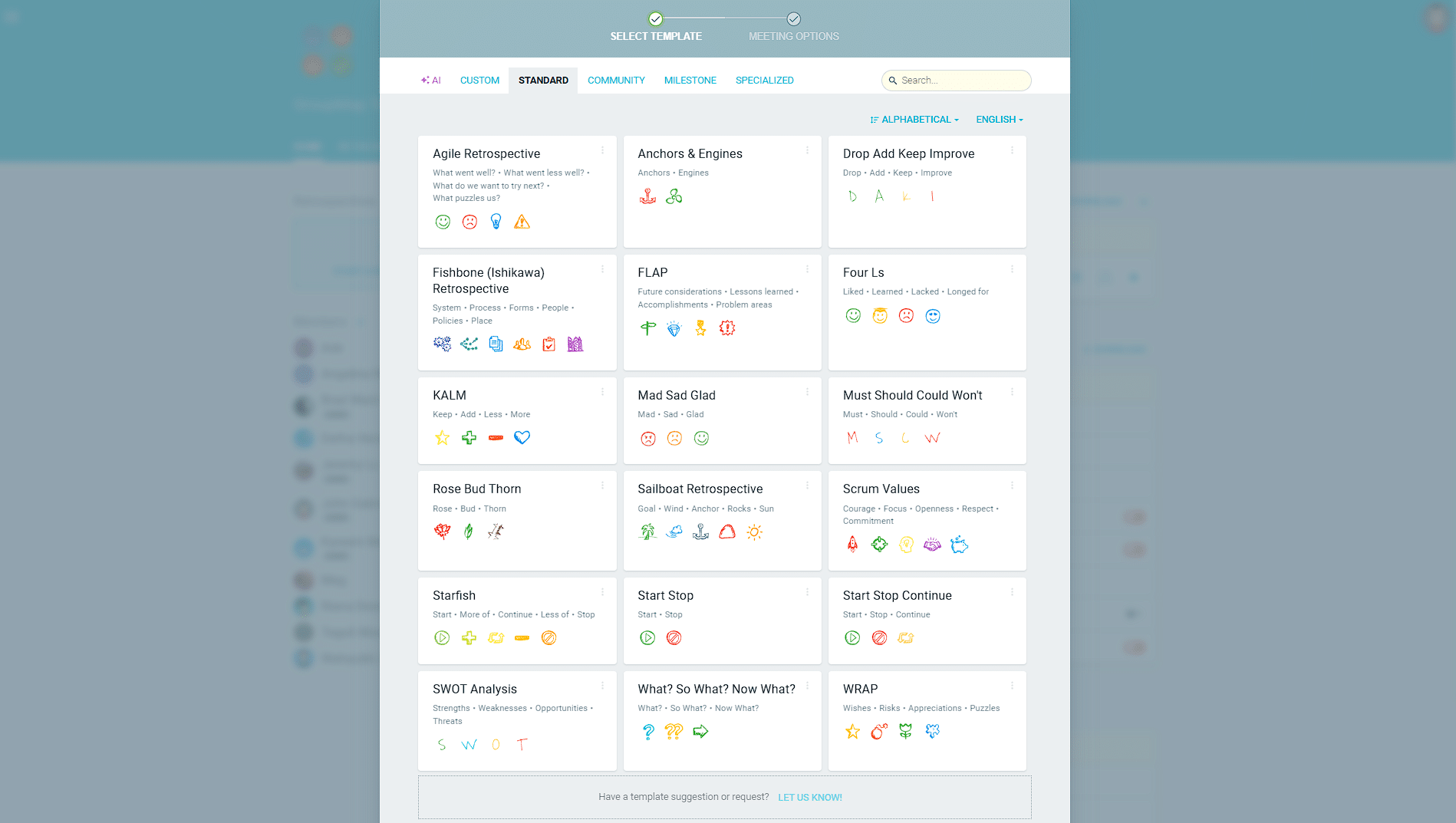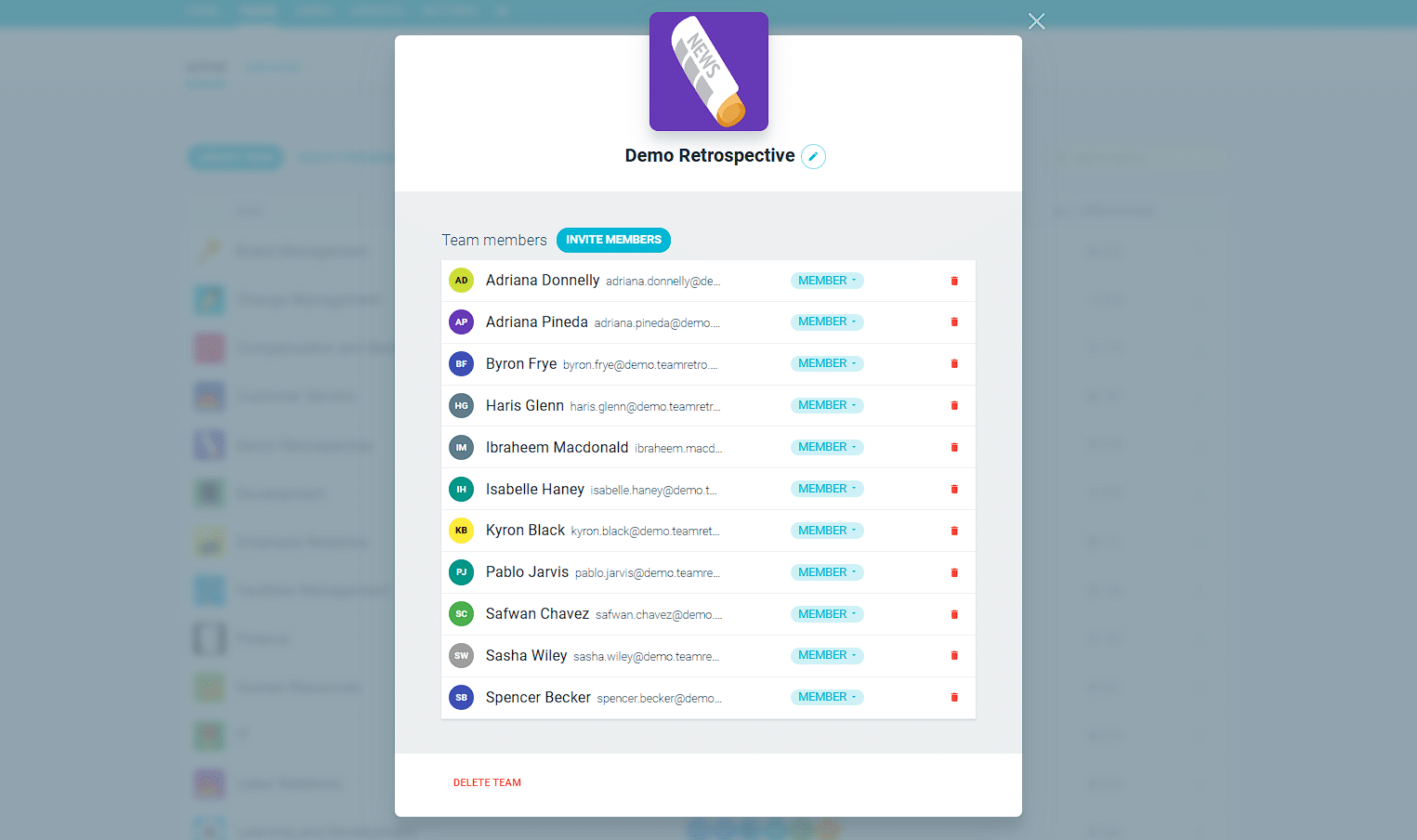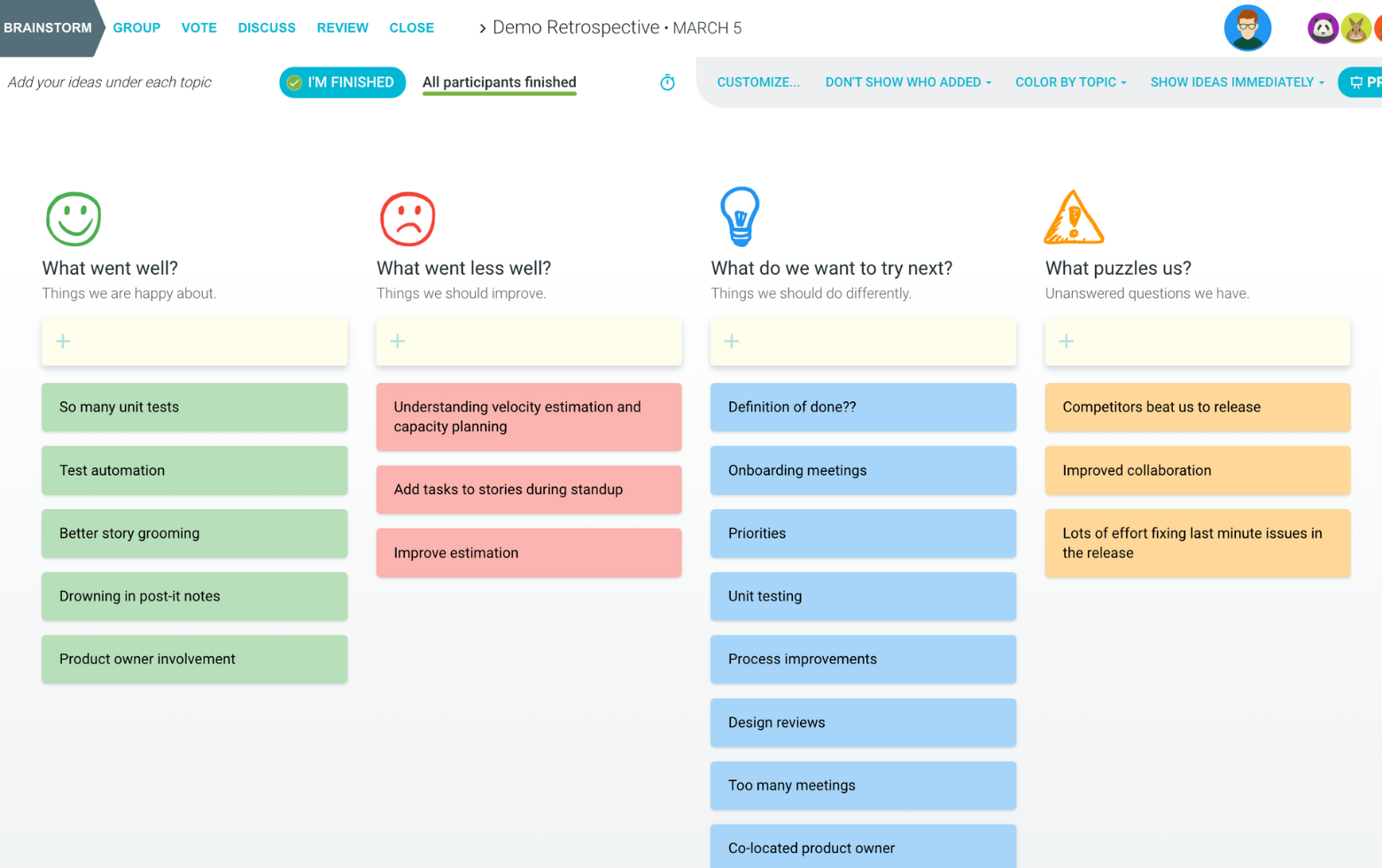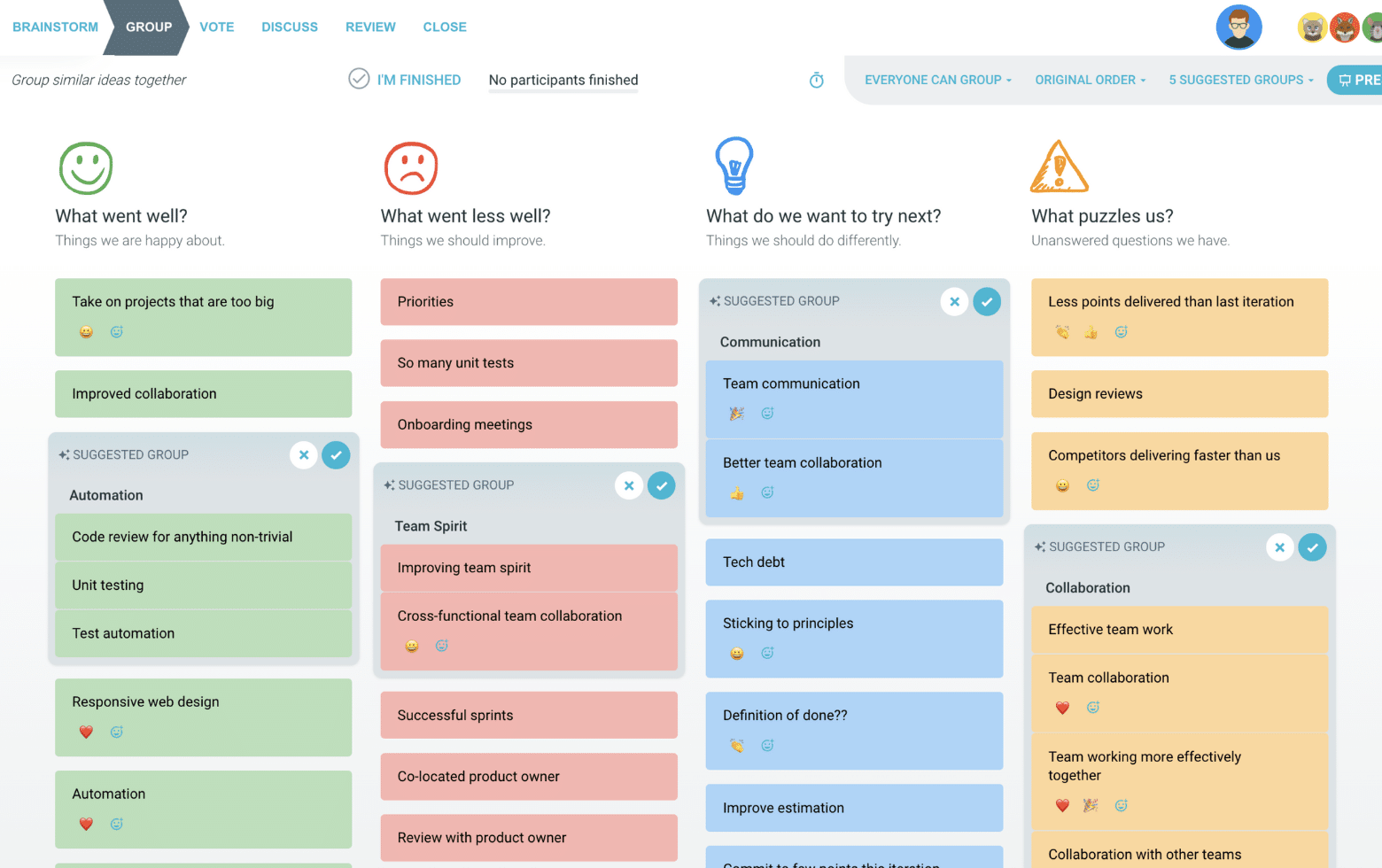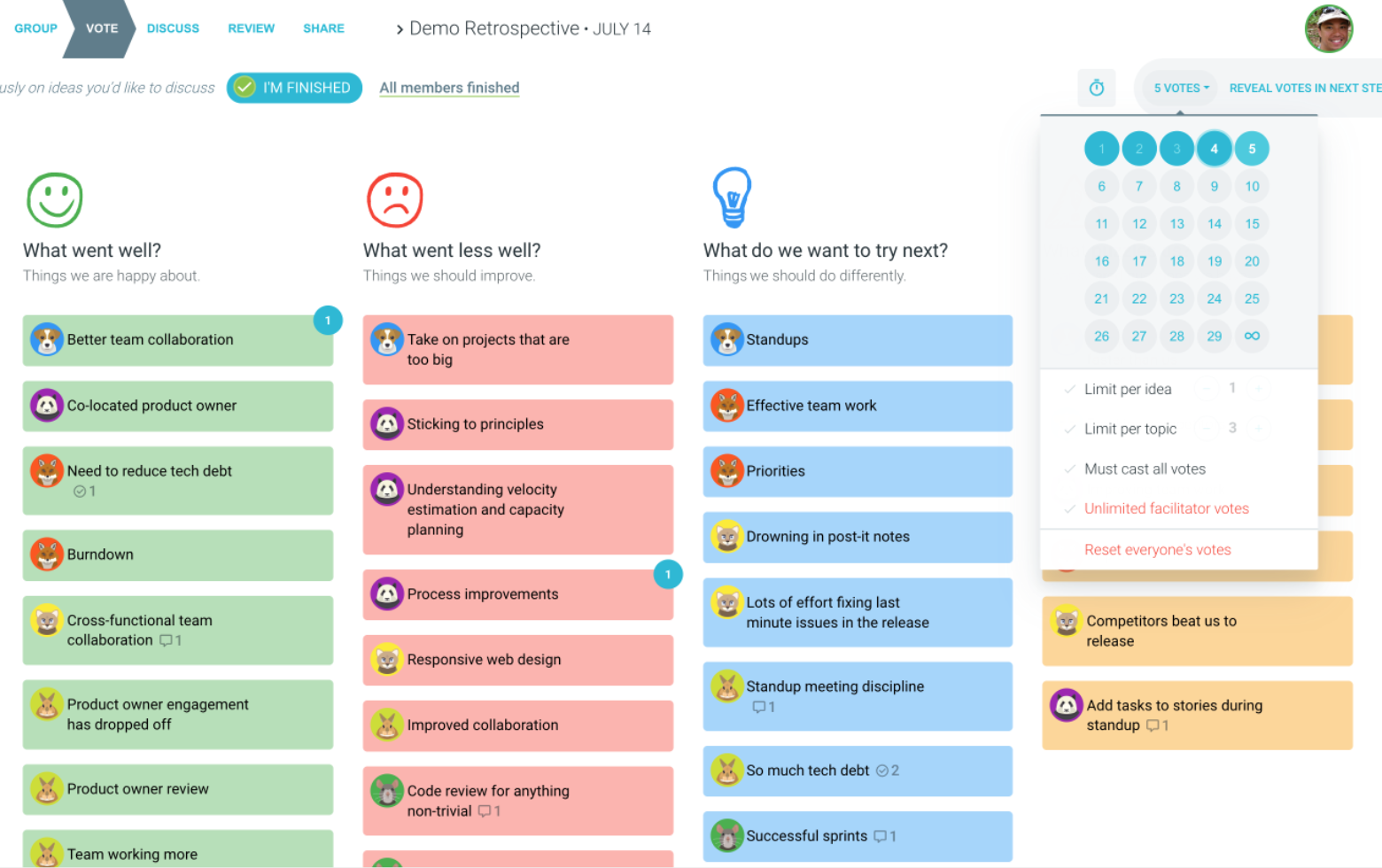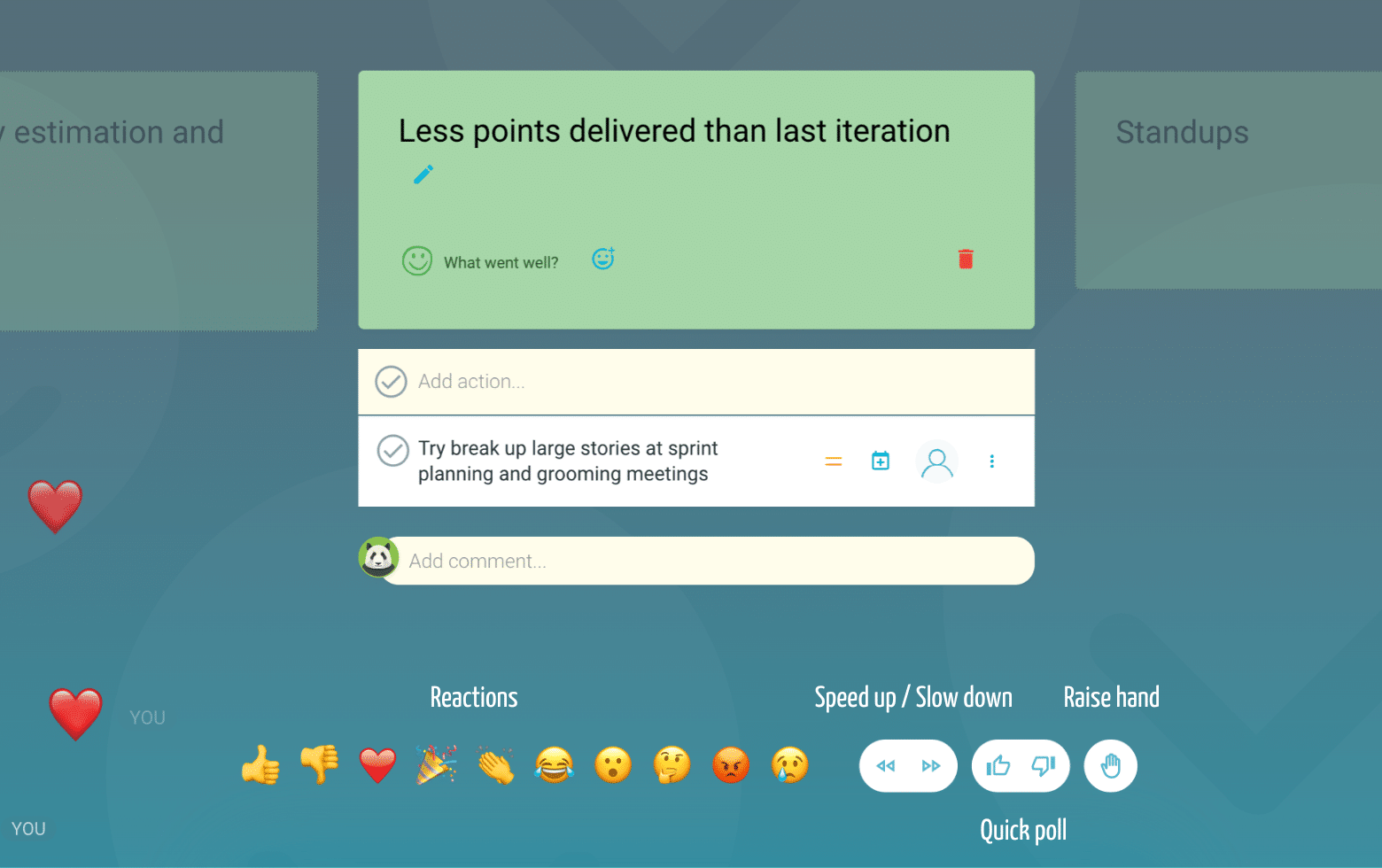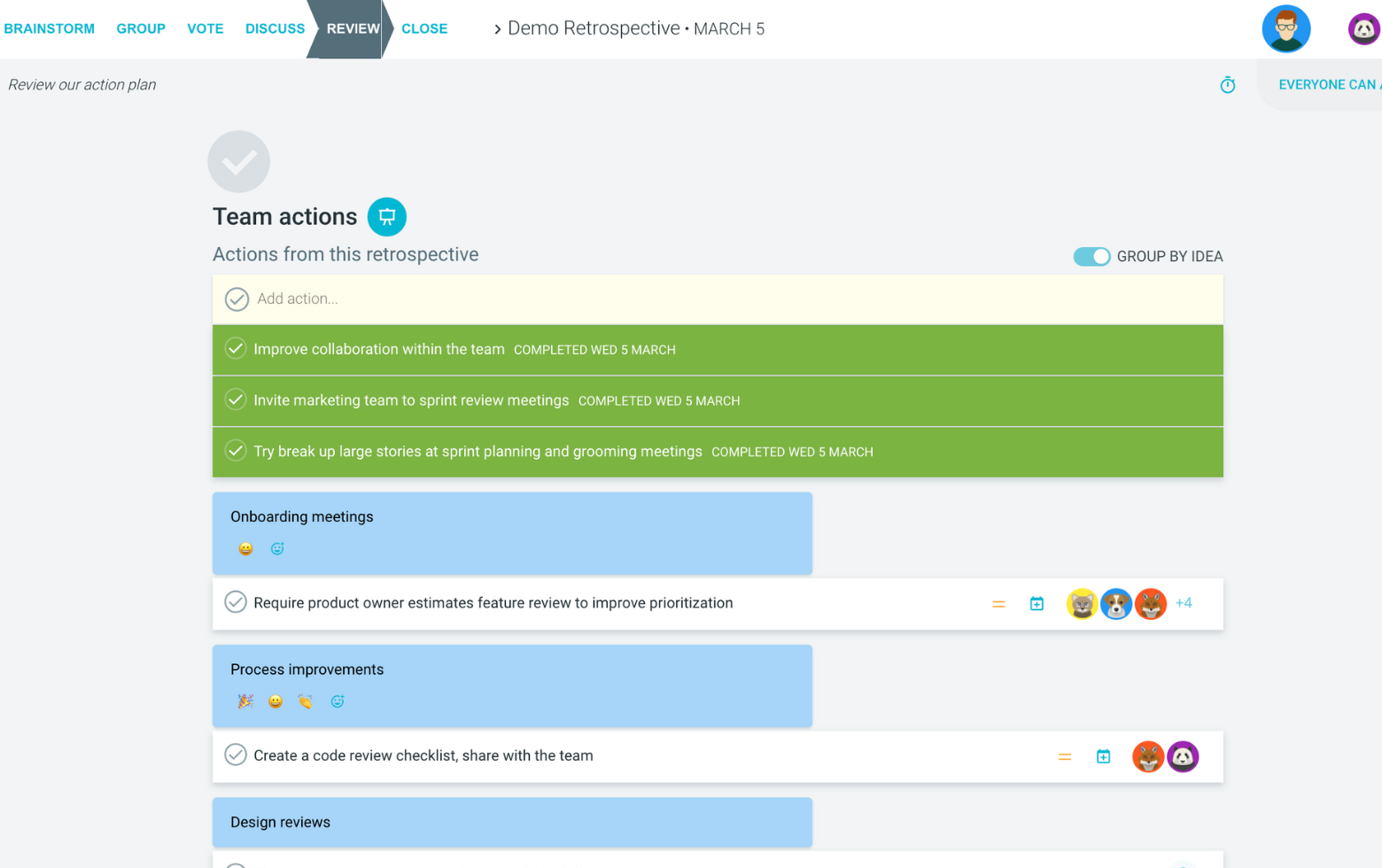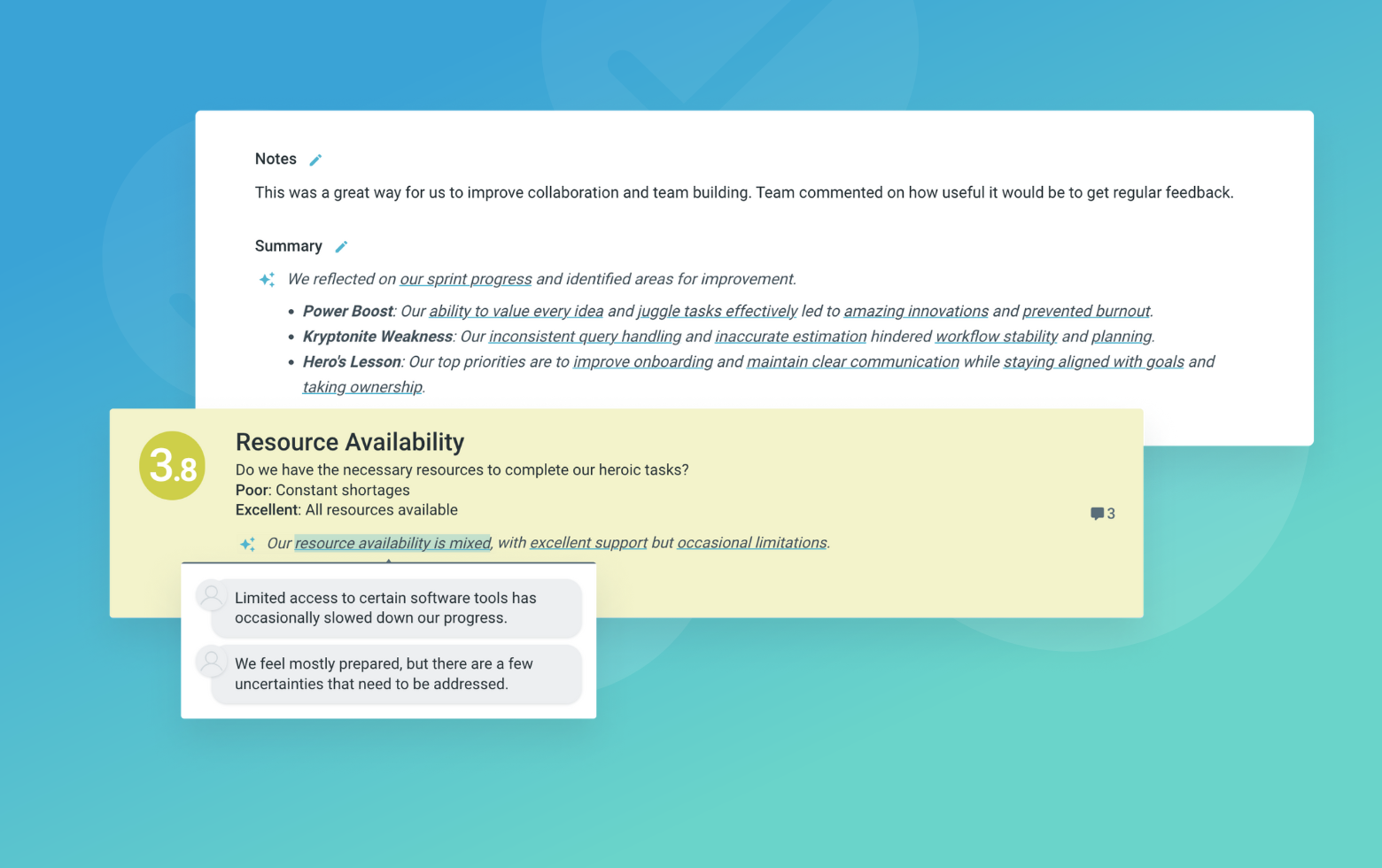The Escalation Process Retrospective is a focused review of how issues or incidents were escalated and handled within a team or organization. It provides a structured way to analyze the effectiveness of existing escalation processes, identify areas for improvement, and implement changes to streamline future escalations.
This retrospective encourages teams to reflect on recent escalations, examining what went well, what didn't, and what could be done better next time. It fosters open communication, shared learning, and continuous process optimization.
By regularly conducting Escalation Process Retrospectives, teams can refine their escalation procedures, enhance collaboration, and ensure a smoother flow of information and decision-making during critical situations.
What is The Escalation Process Retrospective
Recent Escalations
What recent escalations or incidents did we handle?
Encourage participants to share details about recent escalations, including the nature of the issue, the escalation path, and the outcome.
Escalation Effectiveness
How effective were our escalation processes?
Encourage participants to evaluate the effectiveness of the escalation processes, considering factors like timeliness, communication, decision-making, and resource allocation.
Process Improvements
What improvements can we make to our escalation processes?
Encourage participants to suggest specific improvements to the escalation processes, considering factors like communication channels, decision-making frameworks, resource allocation, and documentation.
Collaboration and Communication
How can we improve collaboration and communication during escalations?
Encourage participants to discuss ways to enhance collaboration and communication among teams and stakeholders during escalations.
Suggested icebreaker questions
- If you could design a superhero to handle escalations, what powers would they have?
- Share a funny or memorable experience from a past escalation (without naming names).
Ideas and tips for your retrospective meeting
- Encourage open and honest feedback by creating a safe environment for participants to share their perspectives without fear of blame or criticism.
- Involve stakeholders from different teams and levels of the organization to gain diverse perspectives and ensure buy-in for any proposed changes.
- Document the outcomes and action items from the retrospective, and assign clear ownership and timelines for implementing improvements.
- Consider using anonymized examples or case studies to facilitate discussions without singling out individuals or teams.
- Celebrate successes and positive outcomes from previous escalations to reinforce good practices and boost team morale.
- Regularly review and update the escalation processes based on lessons learned and changing organizational needs.
.
How to run effective meetings with TeamRetro
Start Your Session in a Click
Log into TeamRetro and choose your template. Customise questions and the workflow to create your perfect retro for your team.
Create Your Team Easily – No Separate Accounts Needed
Brainstorm Individually – Free From Bias
Smart Grouping for Faster Insights
Fair, Flexible, and Fast Voting
Engage, React, and Capture Key Insights
Walk your team through ideas one by one with Presentation Mode. Stay in sync, spark real-time discussions, and capture feedback with comments, live reactions, and polls—all in one place.
Turn Ideas Into Action
Propose next steps with team buy-in, get AI-powered action suggestions, and keep everything in one place. Committed actions sync to your personal dashboard and integrate with your workflow tools—keeping you on track.
Save, Share, and Stay on Track
Get quick AI-powered summaries, add facilitator notes, and store retrospectives in your library for easy access. Schedule your next session and track published actions to keep your team accountable at the next retro.
Turn Team Data into Actionable Insights
Uncover trends, common themes, and key engagement metrics at a glance. Track sentiment shifts, analyze conversations, and monitor completed actions to drive continuous improvement.
